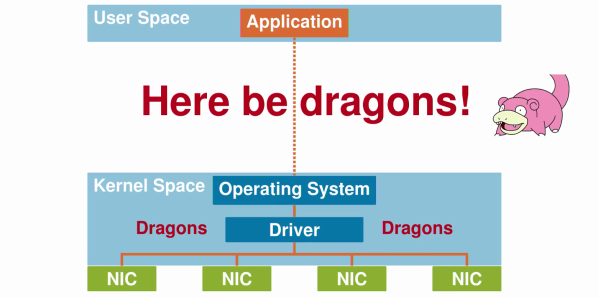Writing your own drivers is a special discipline. Drivers on the one hand work closely with external hardware and at the same time are deeply ingrained into the operating system. That’s two kinds of specialization in one problem. In recent years a lot of dedicated networking hardware is being replaced by software. [Paul Emmerich] is a researcher who works on improving the performance of these systems.
Making software act like network hardware requires drivers that can swiftly handle a lot of small packets, something that the standard APIs where not designed for. In his talk at this year’s Chaos Commnication Congress [Paul] dissects the different approaches to writing this special flavor of drivers and explains the shortcomings of each.
Continue reading “34C3: Roll Your Own Network Driver In Four Simple Steps”















